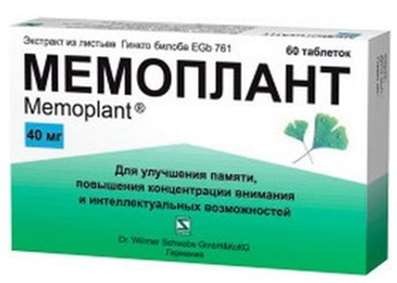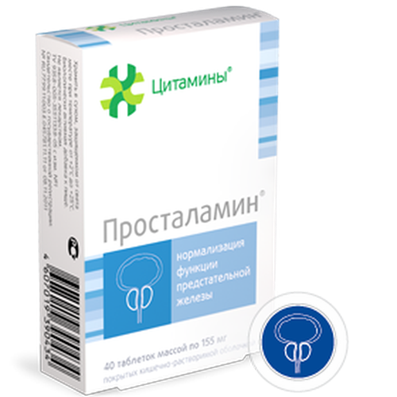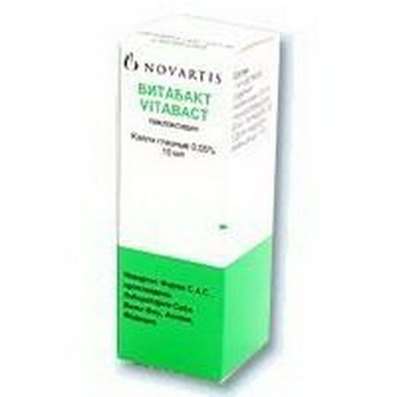Instruction for use: De-Nol
I want this, give me price
Active substance Bismuthate tripotassium dicitrate
ATX Code A02BX05 Bismuthate tripotassium dicitrate
Pharmacological group
Gastroprotectors
Composition and form of release
Tablets 1 table.
bismuth tricalcium dicitrate 304.6 mg
(in terms of bismuth oxide Bi2O3 - 120 mg)
auxiliary substances: corn starch; povidone K30; polyacrylate of potassium; macrogol 6000; magnesium stearate
shell: Opadry OY-S-7366 (hypromellose, macrogol 6000)
in a blister of 8 pcs .; in a box of 7 or 14 blisters.
Description of dosage form
Round, biconvex tablets covered with a coat, creamy white, with the inscription "gbr 152", squeezed out on one side, and a graphic pattern in the form of a square with intermittent sides and rounded corners - on the other, odorless or with a slight odor of ammonia.
Characteristic
The preparation is bismuth.
pharmachologic effect
Pharmacological action - antibacterial, antiulcer, gastroprotective.
Pharmacodynamics
Antiulcer agent with bactericidal activity against Helicobacter pylori. It also has an anti-inflammatory and astringent effect. In the acidic environment of the stomach, insoluble bismuth oxychloride and citrate precipitate, chelate compounds are formed with a protein substrate in the form of a protective film on the surface of ulcers and erosions. Increasing the synthesis of PGE, the formation of mucus and the secretion of bicarbonate, stimulates the activity of cytoprotective mechanisms, increases the resistance of the mucous membrane of the gastrointestinal tract to the effects of pepsin, hydrochloric acid, enzymes and bile salts. It leads to the accumulation of the epidermal growth factor in the defect area. Reduces the activity of pepsin and pepsinogen.
Pharmacokinetics
Bismuth subcitrate is practically not absorbed from the digestive tract. It is excreted mainly with feces. An insignificant amount of bismuth, which enters the plasma, is excreted from the body by the kidneys.
Indications
peptic ulcer of the stomach and duodenum in the phase of exacerbation, incl. associated with Helicobacter pylori;
chronic gastritis and gastroduodenitis in the phase of exacerbation, incl. associated with Helicobacter pylori;
irritable bowel syndrome, mainly with symptoms of diarrhea;
functional dyspepsia, not associated with organic gastrointestinal diseases.
Contraindications
individual intolerance to the drug;
severe renal dysfunction;
pregnancy;
the period of breastfeeding.
pregnancy and lactation
Contraindicated in pregnancy. For the duration of treatment, breastfeeding should be discontinued.
Side effects
On the part of the digestive system: nausea, vomiting, more frequent stools, constipation may occur. These phenomena are not dangerous to health and are temporary.
Allergic reactions: skin rash, skin itching.
With long-term use in high doses - encephalopathy associated with the accumulation of bismuth in the central nervous system.
Interaction
For half an hour before and after taking De-NolaŽ, the use of other drugs is not recommended, as are the intake of food and liquids, in particular antacids, milk, fruits and fruit juices. This is due to the fact that they can affect the effectiveness of De-NolŽ when taken concomitantly.
Dosing and Administration
Inside, squeezed a little water.
Adults and children over 12 years of age - 1 table. 4 times a day for 30 minutes before meals and at night or 2 tablets. 2 times a day for 30 minutes before a meal.
Children from 8 to 12 years - 1 table. 2 times a day for 30 minutes before meals.
Children from 4 to 8 years - at a dose of 8 mg / kg / day; The daily dosage is divided into 2 doses. Take 30 minutes before meals.
Duration of treatment - 4-8 weeks. For the next 8 weeks, do not use drugs containing bismuth.
For the eradication of Helicobacter pylori, it is advisable to use De-NolaŽ in combination with other antibacterial agents with anti-Helicobacter pylori activity.
Overdose
Symptoms (with prolonged intake of doses exceeding recommended): a violation of kidney function. These symptoms are completely reversible with the abolition of De-NolaŽ.
Treatment: gastric lavage, the appointment of activated charcoal and saline laxatives. In the future, treatment should be symptomatic. In the case of impaired renal function, accompanied by a high level of bismuth in the blood plasma, the use of complexing agents - dimercaptosuccinic and dimercaptropropanesulfonic acids. In the case of pronounced impaired renal function, hemodialysis is indicated.
special instructions
The drug should not be used for more than 8 weeks. Also it is not recommended during treatment to exceed the established daily doses for adults and children. During the De-NolŽ treatment period, other preparations containing bismuth should not be used. At the end of the course treatment with the drug at recommended doses, the active substance concentration in the blood plasma does not exceed 3-58 μg / l, and intoxication is observed only at concentrations above 100 μg / l.
With the application of De-NolŽ, it is possible to stain the stool in a dark color due to the formation of bismuth sulphide. Sometimes there is a slight darkening of the tongue.
storage conditions
At a temperature of no higher than 25 ° C.
Keep out of the reach of children.
Shelf life
4 years.
Do not use after the expiry date printed on the package.

 Cart
Cart





